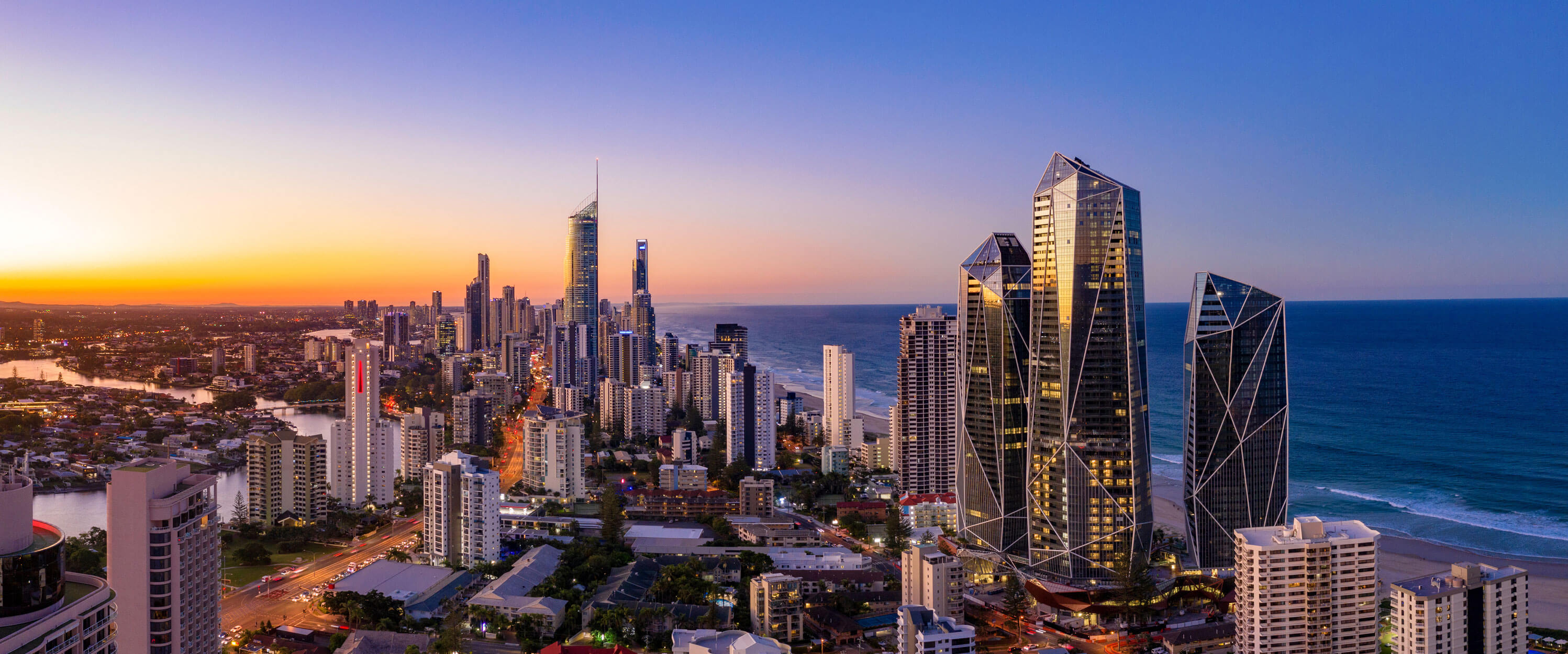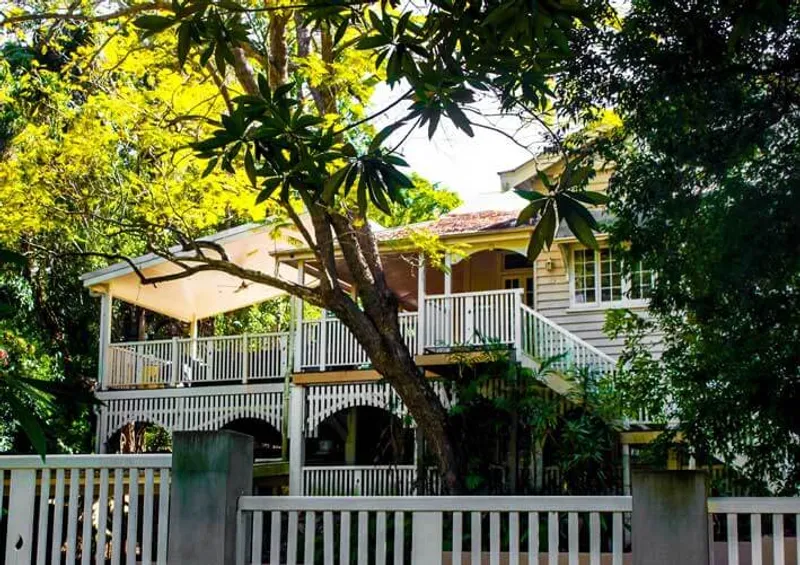
The Golden Balance: Preserving Tradition in Modern Gold Coast Queensland Architecture
Is the Gold Coast losing its architectural soul amidst the chrome and glass? While Queensland’s stunning coastal landscapes have always inspired architects, rapid development often prioritizes trends over tradition, resulting in buildings disconnected from the region’s unique history.
Architecture should connect us to our past and culture. Yet, many recent projects seem adrift from the Gold Coast Queensland’s identity. While innovation is vital, we believe the region’s architectural legacy deserves respect and consideration.
This article explores the importance of preserving this heritage and how contemporary design can still honour Gold Coast Queensland’s rich architectural history.
The Significance of Preserving Context and Heritage in Gold Coast Queensland
Architectural Context
Architectural context refers to the unique physical, historical, and cultural environment in which a building exists. It includes the surrounding buildings, landscape, climate, and the region’s history—all elements that give an area its distinct character and sense of place.
Architecture is more than aesthetics; it’s a reflection of society and culture. For the Gold Coast, with its rich, diverse history shaped by its coastal environment, preserving this context within the design process is essential. We must honour our past even as we innovate for the future.
A Collective Responsibility
Architects, developers, and city planners share a responsibility to balance new styles and technologies with sensitivity to the existing surroundings and cultural context. This requires mindful consideration of how new developments impact the unique architectural fabric of the Gold Coast, avoiding designs that feel generic or out of place.
Safeguarding a Legacy
Understanding a place’s historical context reveals its significance and the forces that shaped it. By respecting and integrating this context, we create buildings that are not only visually appealing but also contribute meaningfully to the Gold Coast’s evolving cultural identity, safeguarding its unique legacy for generations to come.
Gold Coast’s Architectural Mosaic: Timeless Styles and Evolution
The Gold Coast’s architectural story is richer than just the iconic ‘fibro beach shack’. A variety of styles have emerged over time, reflecting the changing needs and aspirations of residents and visitors alike.
The Beach Shack: A Gold Coast Icon
These charming, often humble weatherboard structures with corrugated iron roofs symbolize the relaxed coastal atmosphere of the region’s early days. Built for simplicity and resilience against the elements, they represent the Gold Coast’s origins.
The Queenslander
This quintessential Australian style, adapted for the climate with its elevated form, airy rooms, and wide verandas, also has a place in Gold Coast history. It remains an enduring symbol, inspiring modern interpretations.

The Modern Beach House
Later architectural evolution saw homes featuring lower-pitched roofs and significantly more glazing, driven by a desire to capture stunning views and embrace indoor-outdoor living – a hallmark of the modern coastal lifestyle.
Motels, Flats and High-Rises
The mid-20th century brought the rise of motels catering to increasing tourism. This demand later shifted towards apartment buildings (“flats”) and eventually the high-rises that now dominate parts of the skyline, offering density and panoramic views.

A Continual Evolution
This architectural timeline showcases the region’s adaptability in meeting changing needs while maintaining a connection to its coastal identity.
The Rise of High Yield and On-Trend Development
Important
When economic considerations consistently outweigh contextual design principles, we risk creating a city that could be anywhere—losing the distinctive character that makes the Gold Coast special and attractive to both residents and visitors.
While adaptability is key, the recent trend towards maximizing yield and adopting fleeting global styles presents challenges to preserving the Gold Coast’s unique character.
A Concrete Jungle?
Although some high-rise developments successfully integrate contextual design, many prioritize financial return over architectural merit or local identity. This approach risks creating a built environment detached from the essence of the Gold Coast. Collaboration between developers, planners, and architects is vital to ensure density is achieved without sacrificing the region’s distinct charm.
Residential Challenges
Similar challenges exist in residential architecture, where imported styles sometimes overshadow local context. We believe architects have a role in fostering dialogue with clients, exploring ways to achieve modern luxury and personal preferences while respecting and drawing inspiration from the Gold Coast’s unique architectural heritage.
Paying Homage to the Gold Coast’s Rich Architectural Heritage
Contextual Design Approach

Preserving context doesn’t mean replicating the past. It involves thoughtfully integrating historical cues and principles with contemporary design needs, creating architecture that speaks to both its time and place. New designs can subtly reference historical styles – perhaps the materiality of beach shacks, the roof forms of bungalows, or the veranda spaces of Queenslanders – creating a harmonious blend tailored to modern living.
Harmonious Fusion
New residential designs can subtly reference historical styles – perhaps the materiality of beach shacks, the roof forms of bungalows, or the veranda spaces of Queenslanders – creating a harmonious blend tailored to modern living. Open-plan layouts and strong connections to the outdoors remain key.
Tip
Consider how traditional Queensland homes responded to climate through passive design principles. Many of these strategies—like orientation for cross-ventilation, appropriate eave depths, and elevated structures—remain highly effective today while connecting to regional building traditions.
Fostering Vibrant and Diverse Communities
For larger developments, incorporating local materials, colours, and appropriate scale can help new constructions complement the existing urban fabric. Thoughtful consideration of massing and relationship to the surrounding environment is crucial.
Mixed-Use Development
Encouraging well-designed mixed-use projects can create vibrant, walkable communities. Integrating residential, commercial, and recreational spaces reduces car dependency and provides opportunities to embed public spaces that celebrate local character.
A Holistic Approach
By thoughtfully integrating historical awareness with contemporary needs, architects can create projects that honour the Gold Coast’s legacy while contributing positively to its future. This fosters a sense of place and continuity.

Architects, city planners and developers must work together to preserve the Gold Coast’s unique architectural history.
The Final Word
Preserving the Gold Coast Queensland’s unique architectural history amidst ongoing development requires collaboration. While embracing innovation, new designs should strive to reflect and respect the rich cultural and environmental heritage that defines this region of Southeast Queensland.
Finding that golden balance between honouring the past and designing for the future allows us to create a built environment truly representative of the Gold Coast Queensland’s enduring spirit.
Planning a project that requires a sensitive approach to the Gold Coast Queensland context? Get in touch with us today to discuss how thoughtful design can achieve your vision.